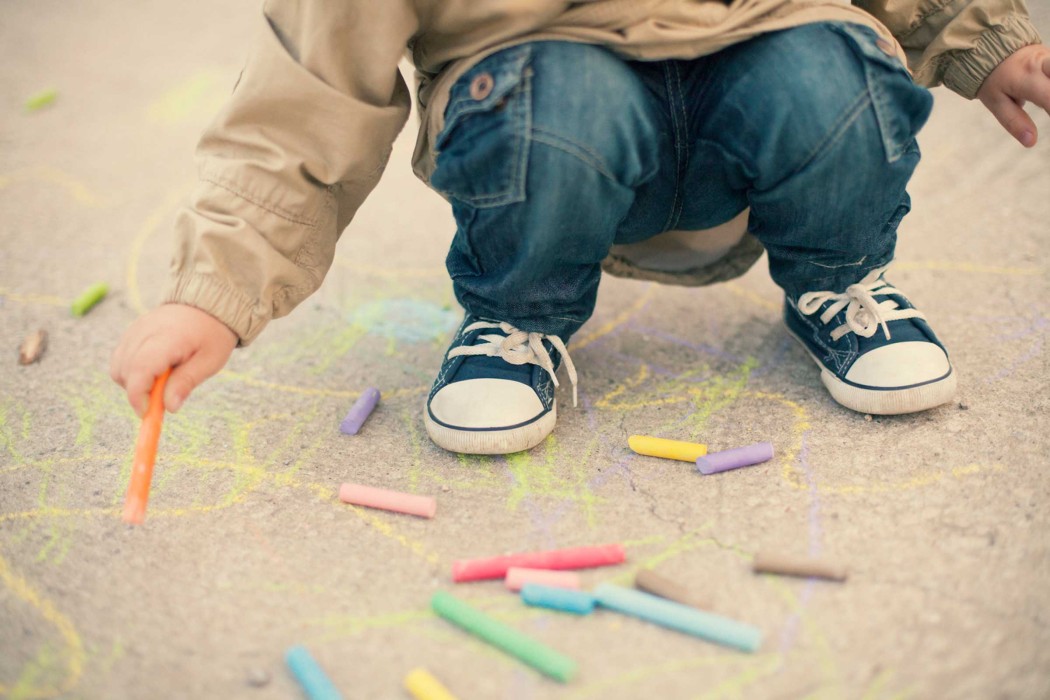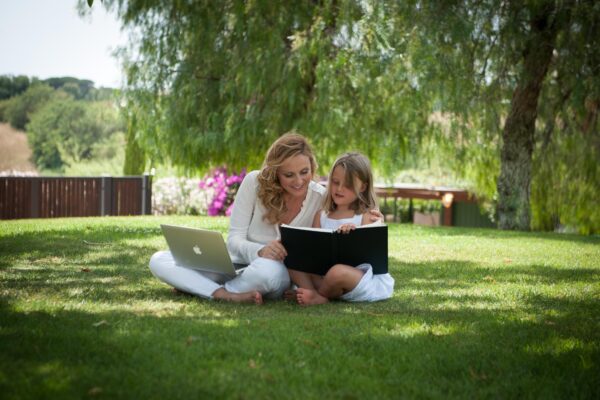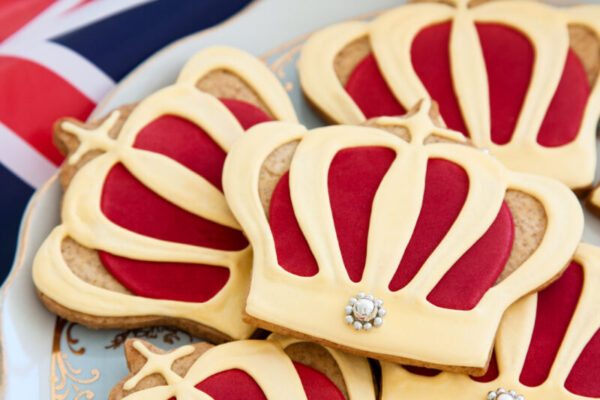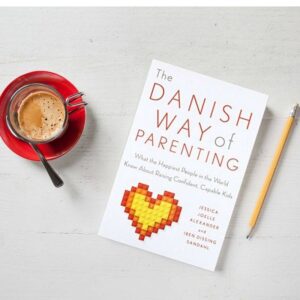Denmark is the planet’s happiest nation, and part of its secret has to do with their people’s upbringing. Here’s how you can raise your kids like a Dane, according to the book ‘The Danish Way of Parenting.’
American kids seem to have every minute of their day stuffed with classes and activities; even playtimes are scheduled. Danes, on the other hand, follow a philosophy called “proximal development,” which basically states that kids need space to learn and grow (with a little help, if necessary). Children are left to pursue their own interests, enabling them to try new things and build their own trust in themselves. While parents are present and available, they’re not in control or in the middle of activities. Keep in mind that the Danes invented Legos, a toy in which the whole point is free and creative play. Must read: Why are good U.S. parents being charged with child neglect?
A is for authenticity
Americans who watch Danish movies or Danish books will notice pretty quickly that they seem a little downbeat and do not offer Hollywood-style happy endings. For example, in the original version of The Little Mermaid, writer Hans Christian Andersen did not let his heroine get the prince; in the Disney movie, not only does Ariel get married to Prince Eric but she also gets to remain human forever. The Danes possess a realistic outlook on life, and they share it with their children. This can be seen in how they praise their children—they believe in praising them for the right reason in the right way. Danish parents will praise a child for their hard work in learning to conquer a task, rather than praise them for the inherent intelligence that enabled them to do so. This approach teaches kids that they can learn to do anything, as opposed to possessing only the capabilities they were born with and being incapable of improvement. These are five myths parents buy into (but shouldn’t).
R is for reframing
The Danes like to take situations, especially stressful or unpleasant ones, and try to reframe their perception of them. For instance, if the weather is miserably cold and stormy, a Dane might say that at least he’s glad he isn’t on vacation. Danes believe it’s all in how you look at things, so they try to use language with children that doesn’t limit them or their circumstances. Parents strive to find the brighter side of things—and they start with themselves. So if your own expressed thoughts are negative—“I can’t lose weight,” “I’m not a good writer,” etc.—you’re setting the example to your children that there are preexisting limits, rather than that anything is possible. This is what optimistic people do every day.
E is for empathy
Empathy unquestionably makes the world a better place. In the Danish school system, there is a mandatory program called Step by Step. Kids are shown pictures of other kids demonstrating different emotions, like fear, anger, and happiness, and they’re asked to put into words what the other person is feeling. This helps teach children empathy, as well as how to read facial expressions. Danish parents continue this process by helping their children learn to put themselves into another’s shoes so they can better understand their relationships with their friends and family members. These are other exercises that can increase your empathy.
N is for no ultimatums
Danish parents are firm but also responsive, setting high standards for their kids but being supportive of them. They don’t expect total obedience, but they do expect appropriately mature behavior from their children. In Danish families, respect goes both ways. Above all, adults must remember to be kind and patient even when their children are going through stubborn phases.
T is for togetherness
The Danes have the unusual word hygge (pronounced hooga) in their language—it literally means “to cozy around together.” Families play games together, take a tea break, enjoy nice meals, and generally spend time enjoying each other’s company. Many Americans, on the other hand, seem to have a limit to how much family bonding they can take without a break. How to bring it to your family? Think “we” over “I”; find activities in which everyone can participate; play non-electronic games; sing songs or play music, and celebrate everyday togetherness. Keep in mind that this goes beyond parent-child time: The more friends you have, and the more your extended family enjoys one another, the happier you will all be. These are other beautiful foreign words that have no direct English translation.
Originally featured on Readers Digest





